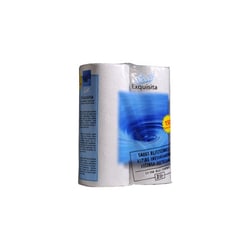Tensiometers
Instruments used to determine the surface tension of a liquid or surface.
Tensiometers are used in quality control and process monitoring to measure the surface tension between liquids, between a liquid and air, and in soil.
What Is a Tensiometer?
Tensiometers measure surface tension, an important parameter in coating, glues and adhesives, painting and lacquers, electroplating, cleaning, and other chemical processes. They can also be used to determine soil moisture levels.
How Do Tensiometers Work?
A variety of measurement methods are used to determine the amount of force required to overcome surface tension.
Bubble Pressure Method
Typically used to measure the dynamic surface tension of liquids, this method flows a gas stream through a capillary immersed in fluid. When the bubble that forms at the tip has the same diameter as the capillary diameter, the amount of gas pressure is used to calculate surface tension. This test method is often used to manage the concentration of detergents in electroplating and cleaning applications.
Visual Method
This method uses a camera to capture the image of a single falling drop of liquid. The tensiometer measures the angle, the surface tension, and the interfacial tension using a complex calculation (Young-Laplace equation) typically performed by software. This technique requires a very small amount of liquid and may be preferred when expensive liquids are being tested.
Ring/Plate or Rod Tensiometer
These tensiometers use platinum rings, plates, or rods that are submerged in liquid. The amount of effort required to pull the ring/plate/rod from the liquid is then measured.




